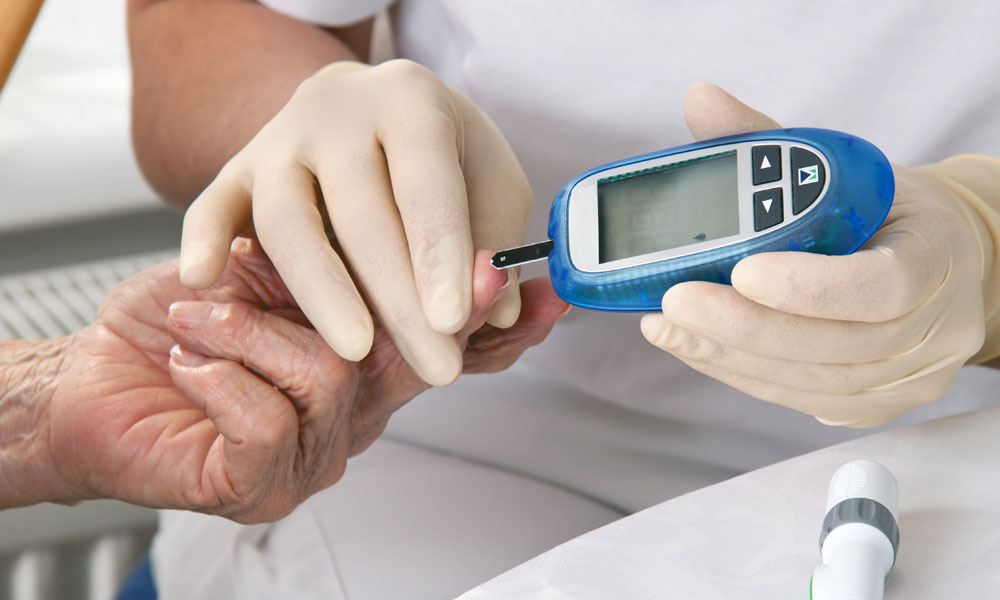Originally published in LabTalk (Volume 3, Issue 1, 2008), the quarterly newsletter of Aculabs.
Diabetes is a chronic illness in which the body does not properly use or produce insulin; more than 7% or an estimated 20.8 million in the Unites States have diabetes, and almost one third are unaware that they have the disease. The cause of diabetes in most of the cases is unknown, although both genetics and environmental factors, such as obesity and lack of exercise, appear to play roles.
The first step in diabetes care is glycemic control to prevent the acute complications and reduce the risk of the long-term complications. Techniques are available to assess the effectiveness of the management plan on glycemic control, and it includes: Self-monitoring of blood glucose and the measurement of hemoglobin A1C. Hemoglobin is a protein found inside the red cells; like any protein, hemoglobin binds to sugars such as glucose, and once the glucose is bound to the hemoglobin A (which is the primary one in adults), the bond remains for the entire life of the red blood cell (RBC) which is 120 days for the normal RBC. The combination of hemoglobin A and the glucose is called A1C, or Hemoglobin A1C or Glycohemoglubin.
The more glucose in blood, the more hemoglobin gets glycated or the higher A1C, and the levels does not change until the red blood cells die and get replaced with the younger ones, and that is what gives the A1C its unique role in monitoring the glucose control in diabetic patients over time, because it reflects the blood sugar control for the past 120 days or the lifespan of the RBC. The American Diabetes Association (ADA) clinical practice recommendations have set a value of <7% for A1C, and unfortunately, only about one half of adults with diabetes had A1C <7%, the ADA recommended goal, and almost 30% had HbA1c ≥8%. Laboratories and physicians should be aware of potential interference that may affect the A1C results (like hemoglobinopathies), and that the results may differ from one lab to another because of the lack of international standard for A1C.
There is no clinically significant effect of age, sex, ethnic background, or season on A1C. Although some studies show agerelated increases approximately 0.1% per decade after the age of 30 years, the effects of age are still controversial. The American Diabetes Association (ADA) recommends testing A1C:
- At least two times a year in patients who are meeting treatment goals (and who have stable glycemic control) and quarterly in patients whose therapy has changed or who are not meeting glycemic goals.
- In addition, A1C is ordered when someone is first diagnosed with diabetes to determine how elevated their uncontrolled blood glucose has been.
Although A1C is an important indicator of the glycemic control, it does not reflect the temporary acute increase or decrease in blood glucose, and that raises the importance of the combination of A1C and the self monitoring of blood glucose.
– Dr. Rita Khoury
[hr]
Have a topic you’d want our Lab Director to cover in future posts? Send suggestions to info@aculabs.com!


Leave A Comment
You must be logged in to post a comment.